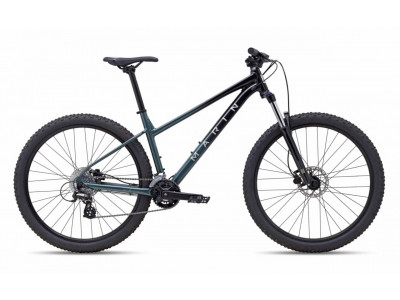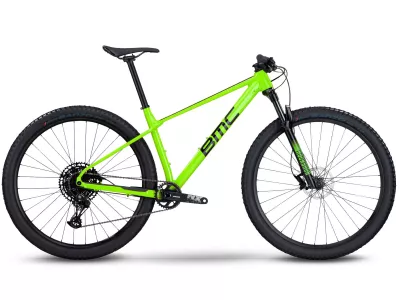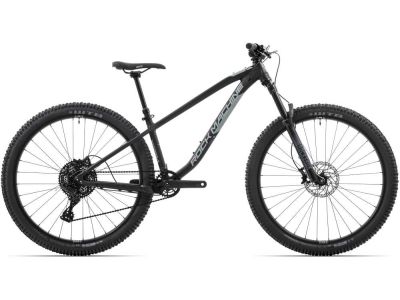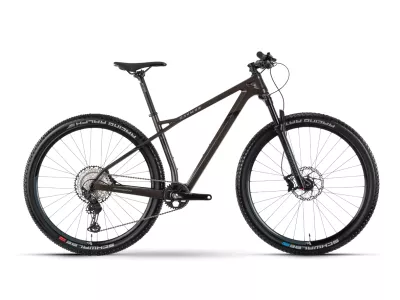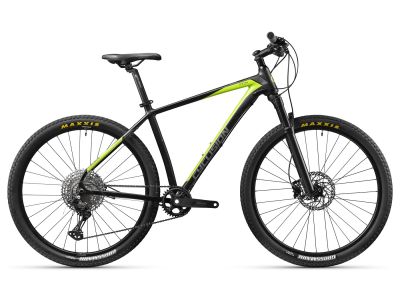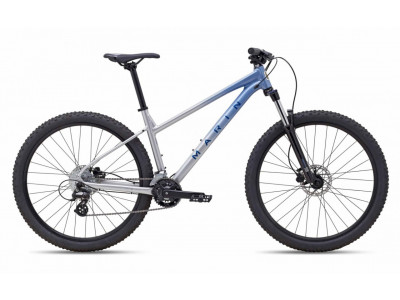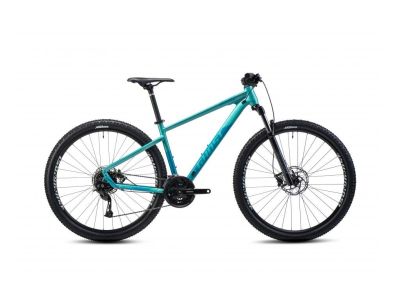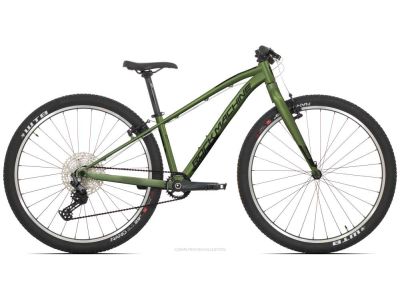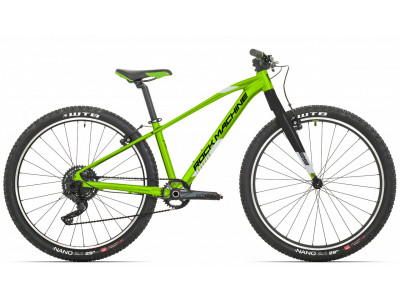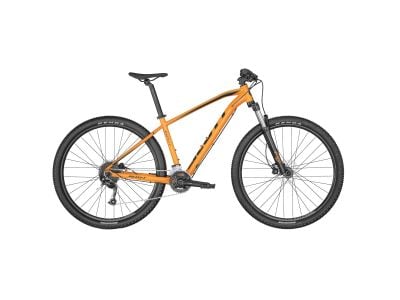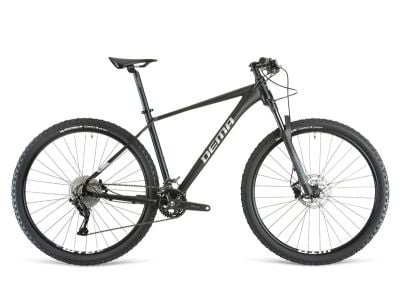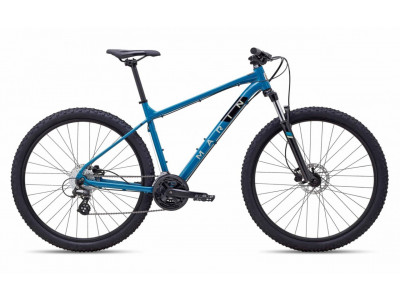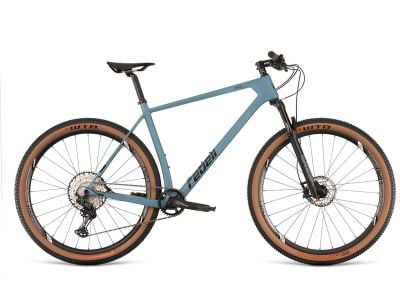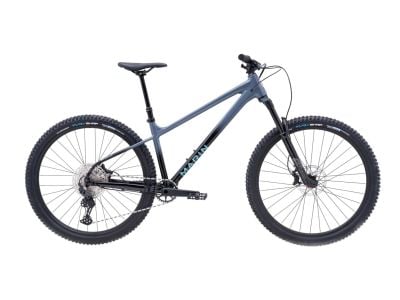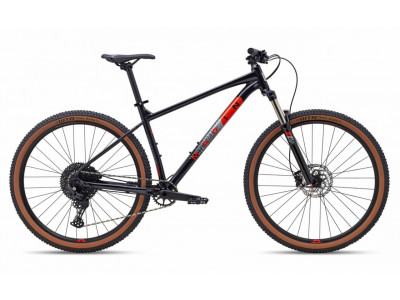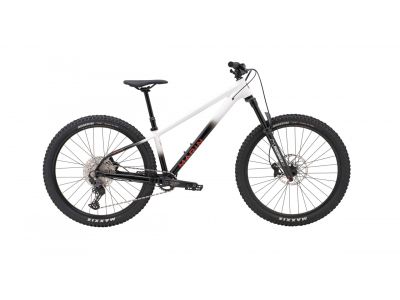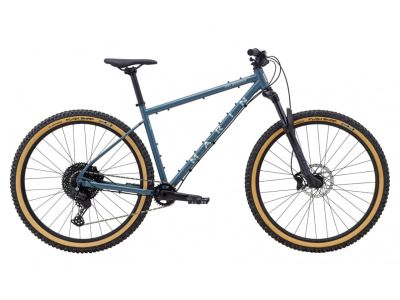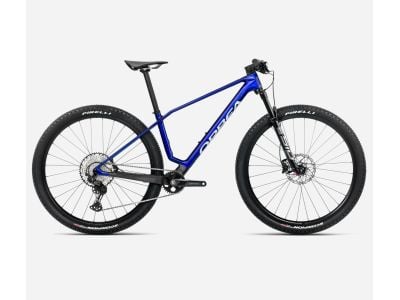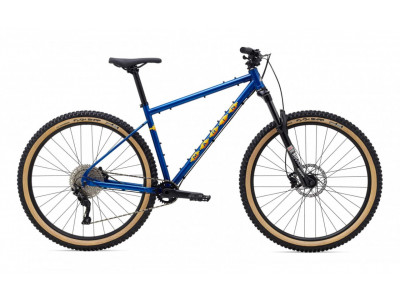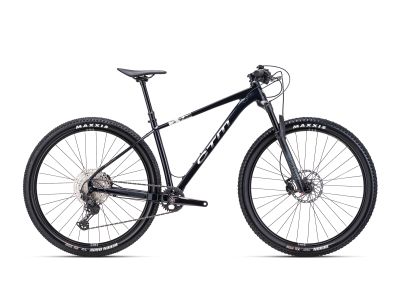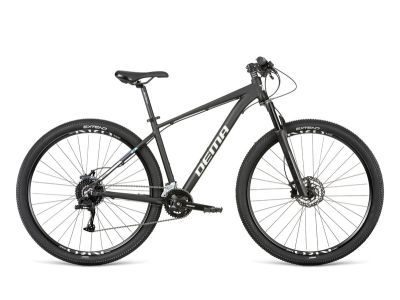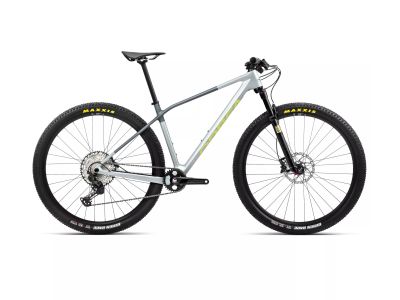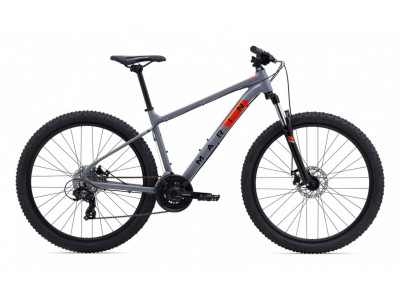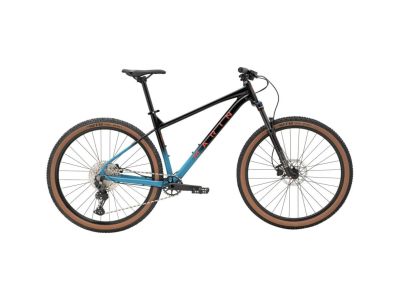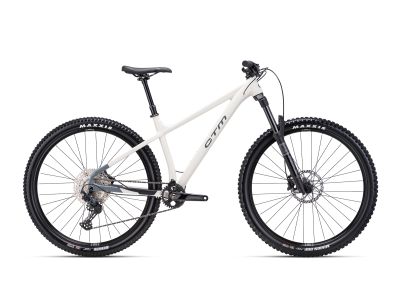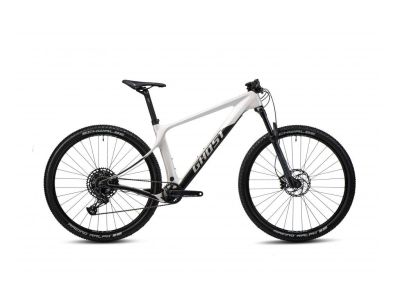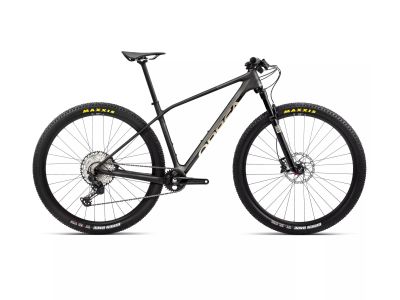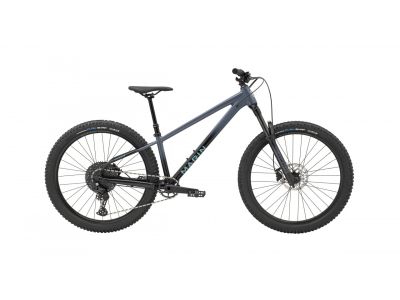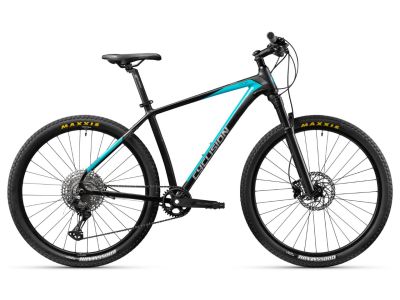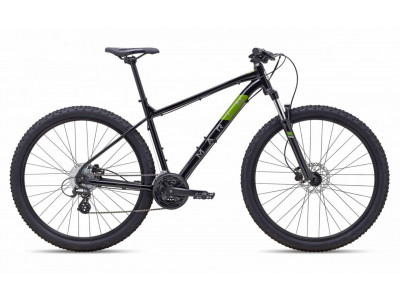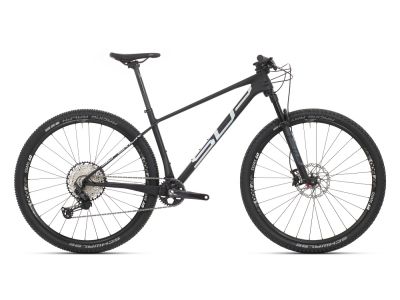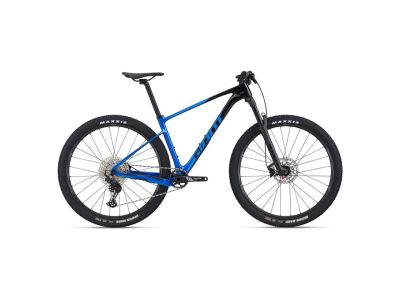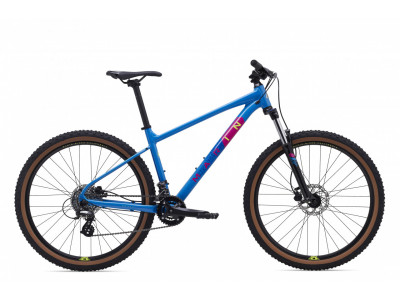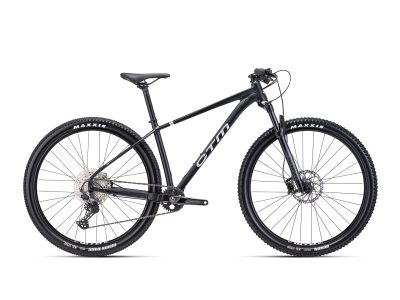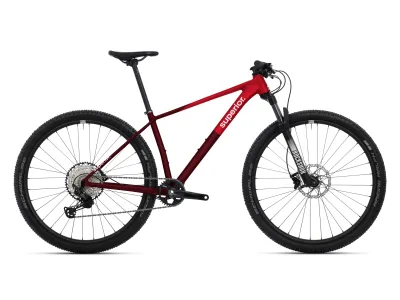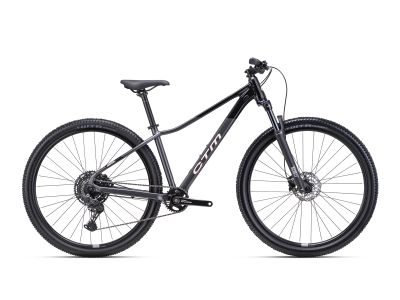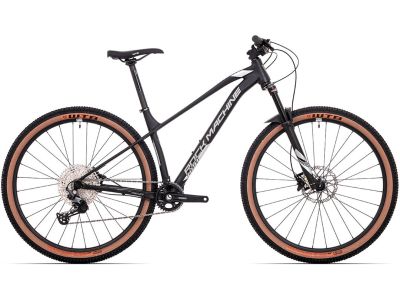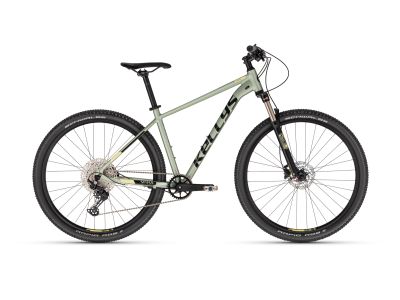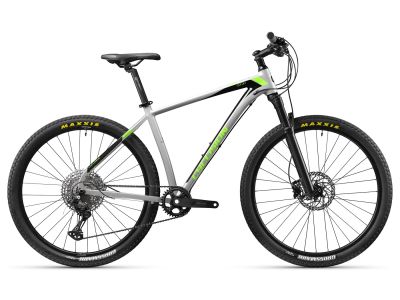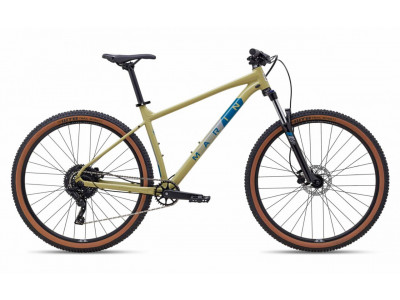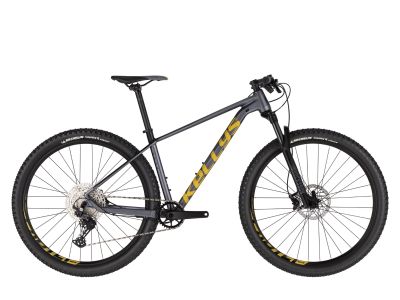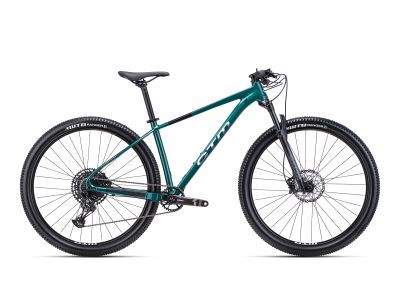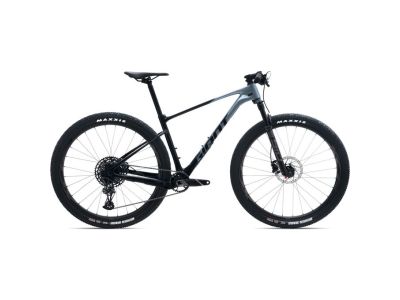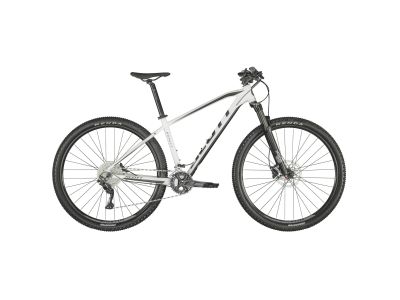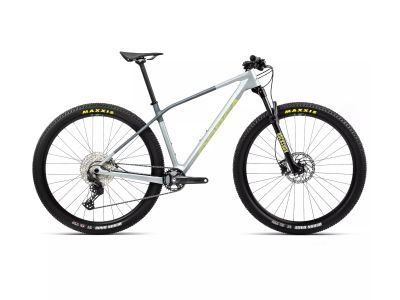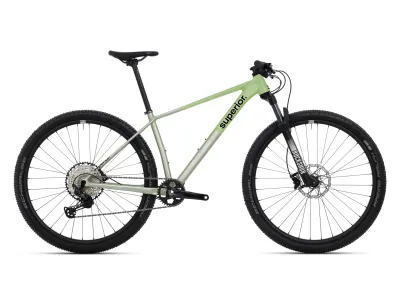A hardtail mountain bike is a type of mountain bike designed primarily for off-road riding and forest trails. The term "hardtail" refers to the absence of rear suspension on the bike - unlike full-suspension mountain bikes, which have both front and rear suspension.
Hardtail MTB frames are made from lightweight, durable materials like aluminium or carbon fibre. The frame geometry is designed to provide a comfortable and efficient ride over a variety of terrain.
What versions are hardtail (rigid) mountain bikes produced in?
There are several types of hardtail mountain bikes, each designed for different riding disciplines and terrain. Here are a few common types:
- Cross-country (XC): Designed for racing or fast riding over a variety of terrain. They typically have a lightweight frame and a lower-travel front fork for maximum efficiency and climbing ability. XC bikes prioritize pedalling efficiency and are often used for long-distance riding or cross-country racing.
- Trail: Trail hardtail bikes are versatile and well-adapted, suitable for a wide range of terrain and riding styles. Compared to XC bikes, they typically have a longer-travel front suspension fork (around 120-140 mm), which provides better comfort and control on more challenging trails. Trail hardtails are designed to balance climbing ability with downhill ability.
- Downhill/freeride: Downhill or freeride hardtails are designed for aggressive and technical downhill riding. These bikes are designed to handle jumps, drops, and rough terrain, with a strong and durable frame. They typically have a longer front suspension fork (150 mm or more) to absorb shocks and provide better control during descents.
Why is a hardtail bike better?
There are several reasons to choose a hardtail bike:
- Price: Hardtail bikes are typically more affordable than full-suspension bikes. They have a simpler design with fewer components, which can make them more cost-effective for riders.
- Weight: Hardtail bikes are generally lighter than full-suspension bikes because they don't have rear suspension components. This can make them more nimble and responsive, especially when climbing or accelerating.
- Pedalling efficiency: Due to the lack of rear suspension to absorb energy, hardtail bikes are more efficient when pedalling. This can be beneficial for riders who prioritize speed and efficiency, especially on smoother or less technical terrain.
- Low maintenance: Compared to full-suspension bikes, hardtails have fewer moving parts, meaning less maintenance and fewer potential mechanical issues. This can be attractive to riders who prefer easier servicing.
- Better power transfer: A rigid rear structure allows for better power transfer from the rider's pedals to the rear wheel. This can lead to more efficient acceleration and climbing, making hardtails popular with cross-country racers and riders who prioritize speed.
- Skill development: Riding a hardtail mountain bike requires more focus and skill, as the rider must rely more on body position and technique to handle uneven terrain. This can help the rider develop better bike control skills and improve their overall riding ability.
It's important to note that hardtail bikes may not provide the same level of comfort and control as full-suspension bikes, especially on very rough or technical descents. However, they can still be a great option for riders who prefer affordability, efficiency, and a more traditional mountain biking experience.
How to choose a hardtail mountain bike?
When picking a hardtail mountain bike, there are several factors to consider to make sure you pick the right bike for your needs. Here are a few steps to help you make your choice:
- Determine your cycling style and terrain: Consider the types of trails you'll be riding most often and pick your primary riding style. Understanding your cycling priorities will help you determine the specific features and geometry of the frame you should look for.
- Frame material: Hardtail mountain bikes are commonly available with aluminium or carbon frames. Aluminium frames are light, stiff, and relatively affordable. Carbon fibre frames are light and provide a responsive ride, but can be more expensive. Consider your budget and desired ride characteristics when selecting a frame material.
- Frame size and geometry: Make sure you pick the right frame size based on your height and riding preferences. A properly sized frame will provide better comfort, handling, and efficiency. Also, pay attention to the bike's geometry, including head tube angle and seat tube angle. Different geometries suit different riding styles and terrain.
- Suspension fork: Consider the amount of travel (typically 80-130 mm for hardtails), adjustability (such as rebound and compression damping), and the diameter of the fork leg, which determines its stiffness.
- Components and drivetrain: Consider the components and drivetrain that come with the bike. Look for reliable and reputable brands, such as Shimano or SRAM. Pay attention to the number of gears, drivetrain range, and quality of brakes.
- Budget: Determine your budget range and prioritize your needs accordingly. Consider which features are essential for your riding needs and allocate your budget accordingly.
Hardtail bikes are versatile and can be used for a variety of riding styles, from cross-country and trail riding to bikepacking and even light downhill riding. Their simplicity and efficiency make them a popular choice among mountain bike enthusiasts, especially those who enjoy the challenge of precise riding on technical terrain. Be sure to also check out our full suspension bike range for an overview and comparison with hardtail bikes.
